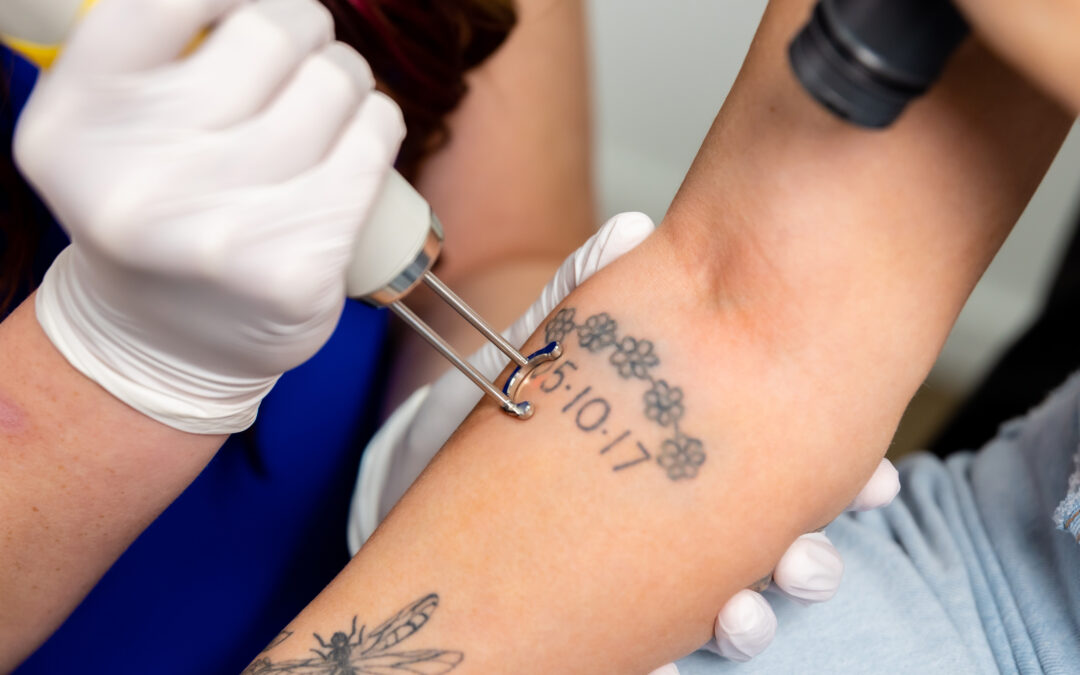Does Tattoo Removal Hurt?
The pain associated with tattoo removal is a common concern for those considering the process. However, understanding the factors influencing this discomfort can provide reassurance. In comparison to the initial tattooing experience, the pain of tattoo removal is generally considered more tolerable. Let’s delve into the mechanics of how tattoo removal works and explore strategies to minimize pain during and after the procedure.
Understanding the Pain of Tattoo Removal:
Pain associated with tattoo removal is subjective and depends on factors such as individual pain tolerance, the size, and location of the tattoo. While laser tattoo removal can be uncomfortable, it typically doesn’t match the intensity of the pain experienced during the tattooing process. Described as akin to the sensation of a bad sunburn, the laser pulses feel like a rubber band snapping against the skin, making the experience tolerable.
How Tattoo Removal Works:
Laser tattoo removal employs pulses of high-intensity laser to penetrate the skin’s upper layer, breaking down pigment into smaller particles. These particles are then absorbed into the body and metabolized. Although effective, laser tattoo removal is not an instant solution, requiring multiple treatments based on tattoo size and color. The healing time between treatments is approximately six weeks.
Factors Influencing Pain Perception:
Individual pain experiences vary due to factors such as personal pain thresholds, the skill of the practitioner, and emotional well-being. Research indicates that stress and negative emotions can heighten pain perception, emphasizing the importance of maintaining a positive mindset during the process. Some areas of the body are more sensitive than others, mirroring the varying pain levels experienced during the initial tattooing process.
Strategies for Minimizing Pain:
To alleviate discomfort, various strategies can be employed. Certified specialists, like those at NEO Tattoo Removal & Fading, use a Cryo machine to numb the area before each treatment. Additionally, applying numbing agents, such as creams, can help block pain signals. Post-treatment care, including sun avoidance and sunscreen application, is crucial to prevent damage to the skin and reduce the likelihood of additional treatments.
Conclusion:
While tattoo removal may involve some discomfort, it is generally perceived as less painful than the initial tattooing experience. Understanding the process, factors influencing pain perception, and employing pain-reducing strategies can help individuals make informed decisions and manage expectations. Taking proactive steps, such as applying sunscreen and practicing relaxation techniques, contributes to a more comfortable tattoo removal journey.
